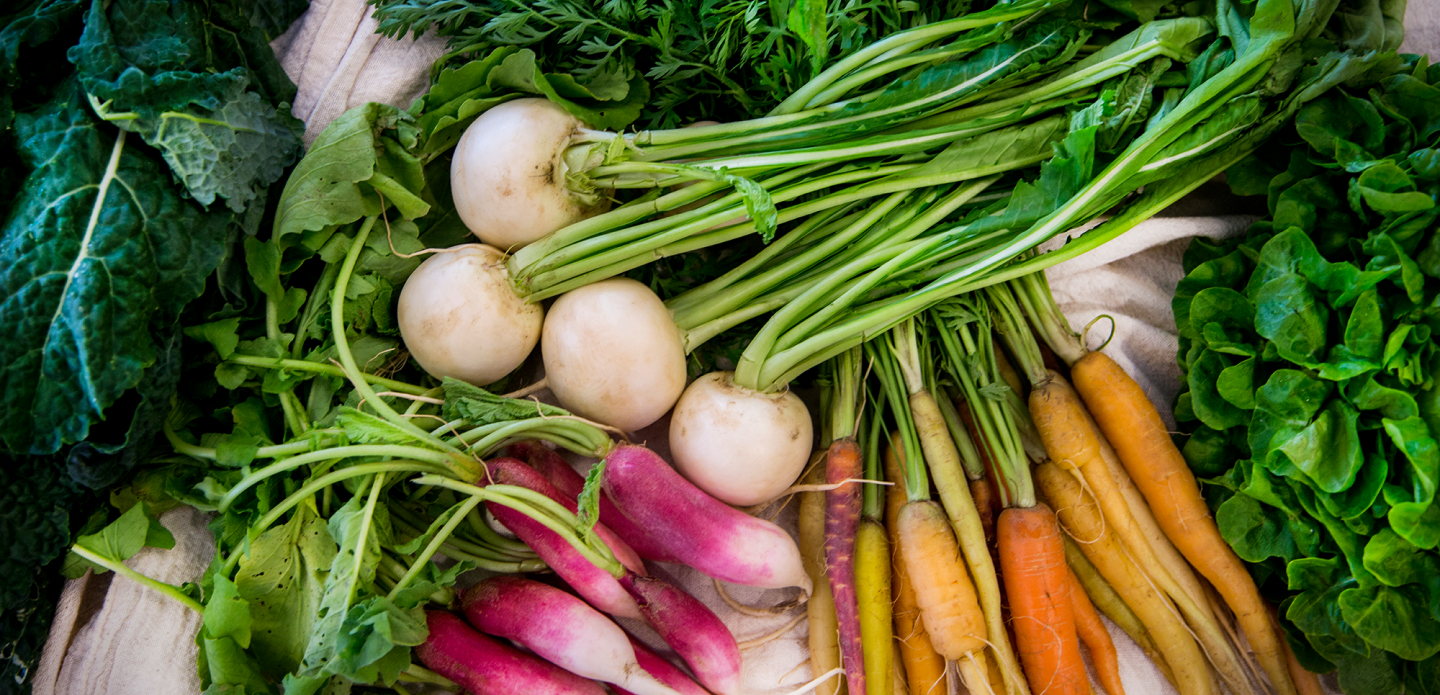As shareholders, you know there are many benefits to being part of a CSA, (community supported agriculture). The vegetables are fresh, most harvested within a day of distribution, and have better flavor and nutrition than what is available in other outlets. Shareholders are exposed to vegetables they may not normally purchase and are inspired to try new foods. Visits to the farm each week include spending time in the picking field, which provides a firsthand experience of the farm. The weekly distributions help facilitate a relationship with the farmers and thorough understanding of how and where their food is being grown.
Farmers benefit from the CSA model in many ways. Marketing and selling of CSA shares happen primarily during the off-season, allowing the farmer to focus on growing crops during the growing season. This also helps to support up-front costs for supplies and labor. But most importantly, the farm is able to share the risk of growing crops with its members.
The concept of shared risk is most important to the CSA model, especially as extreme weather events, new pests, and disease become more common. Natural disruptions to crop production are a fact of life for farmers and can wipe out entire crops each season. The CSA model helps buffer the farmer against these uncontrollable circumstances. As farmers, we do our best to provide an abundance each week but if the harvest is slim, there’s a notion that we’re in this together.
To be clear, this farmer feels a great sense of responsibility to provide our shareholders a bountiful harvest each week because of their season-long pledge of support and community around the farm. Extra crops are planted to buffer crop loss and our CSA members always get first priority when crops are scarce. We believe the vibrancy of this farm would not be able to radiate to the broader community without our shareholder commitment.
~ Farmer Andrew
